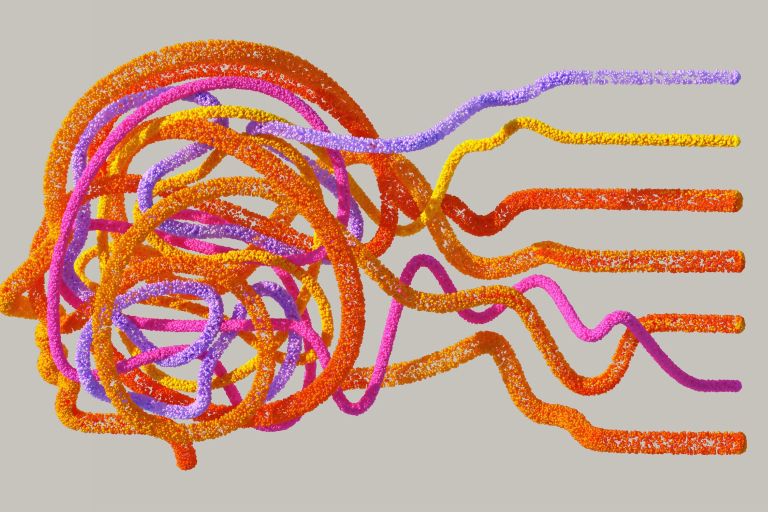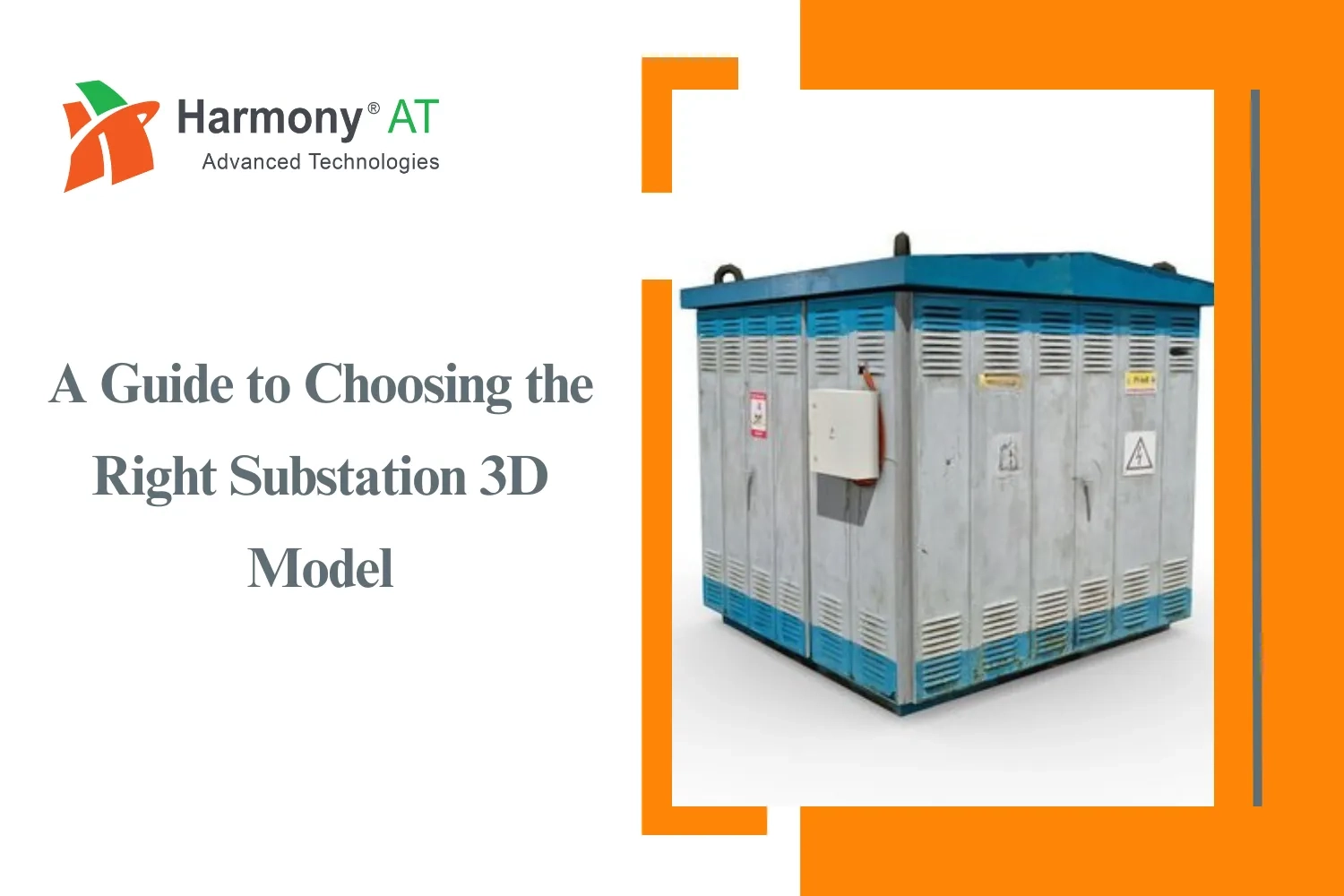Welcome to the fascinating world of Forward Engineering vs Reverse Engineering! In the realm of creating and understanding things, these two approaches play crucial roles. Imagine you're building a puzzle or taking it apart to see how it works – that's a bit like what Forward and Reverse Engineering do, but with technology and design. In this exploration, we'll delve into the key differences between them, and how each approach is used in different fields. So, buckle up as we unravel the mysteries of creation and understanding!
What is Forward Engineering?
Forward engineering is basically the traditional way of building something, like an application. It's all about starting from scratch and putting together a product using the specifications given for the system. Unlike other methods, in forward engineering, you get the requirements first before actually making the application.
The whole process kicks off with defining the system, then moves on to designing and implementing, until finally, a brand-new system is born. It's like following a step-by-step guide to create something new and useful. This approach ensures that you have a clear plan right from the beginning, making the development process more organized and efficient.
What is Reverse Engineering?
Reverse engineering, often called backward engineering, refers to the practice of gathering insights from an already-existing product, such as software, a network, or a system. This involves breaking down the product to uncover details about its inner workings and then replicating its internal designs, which may include architecture, circuitry, processes, code, structure, or materials.
By closely examining how the product is constructed or composed, reverse engineering aims to unravel the secrets within. The applications of reverse engineering are diverse, ranging from aiding in product development to enhancing cybersecurity measures and even playing a role in legal matters like infringement litigation. It serves as a valuable tool for understanding and potentially improving upon existing technologies or systems.

Types of Forward Engineering and Reverse Engineering
Types of Forward Engineering
There are 4 main types of forward engineering:
Conceptual design: This is the first step in the process, where you come up with the basic idea for your object. You'll need to think about things like what the object will be used for, what it will look like, and how it will be made.
Detailed design: Once you have a basic idea, you need to start to flesh it out in more detail. This includes things like creating detailed drawings and specifications, and figuring out the exact materials and processes that will be used to make the object.
Prototyping: Once you have a detailed design, you can start to build a prototype. This is a rough version of the final object that you can use to test your ideas and make sure everything is working correctly.
Manufacturing: Once you have a working prototype, you can start to mass-produce the object. This involves setting up a production line and figuring out how to make the object quickly and efficiently.

Types of Reverse Engineering
There are 3 main types of reverse engineering:
3D scanning: This is a process that uses a laser or other sensor to create a digital model of an existing object. The model can then be used to create a new object that is exactly the same as the original.
Photogrammetry: This is a process that uses photographs to create a 3D model of an object. The photos are taken from different angles, and then software is used to stitch them together into a 3D model.
CT scanning: This is a type of X-ray that can be used to create a 3D image of the inside of an object. This is often used in reverse engineering to understand how an object is made up on the inside.

Differences between Forward Engineering vs Reverse Engineering
Harmony AT’s Mechanical Drafting Services
Ever stared at a marvel of engineering and wondered, "How does it work?" At Harmony AT, we turn that curiosity into actionable knowledge with our state-of-the-art reverse engineering services.
Here's how Harmony AT's reverse engineering magic works:
3D Scanning: We capture the object's exact geometry using laser scanners or structured light technology, creating a precise digital replica.
Disassembly and Analysis: Our experts meticulously break down the object, studying its materials, components, and intricate relationships.
Data Integration: We merge 3D scans, physical measurements, and captured knowledge into a comprehensive digital model.
Insights and Innovation: Our analysis goes beyond mere reconstruction. We extract valuable insights, optimize designs, and identify potential improvements.
Contact us here and let's bring your reverse engineering vision to life!
Categories




